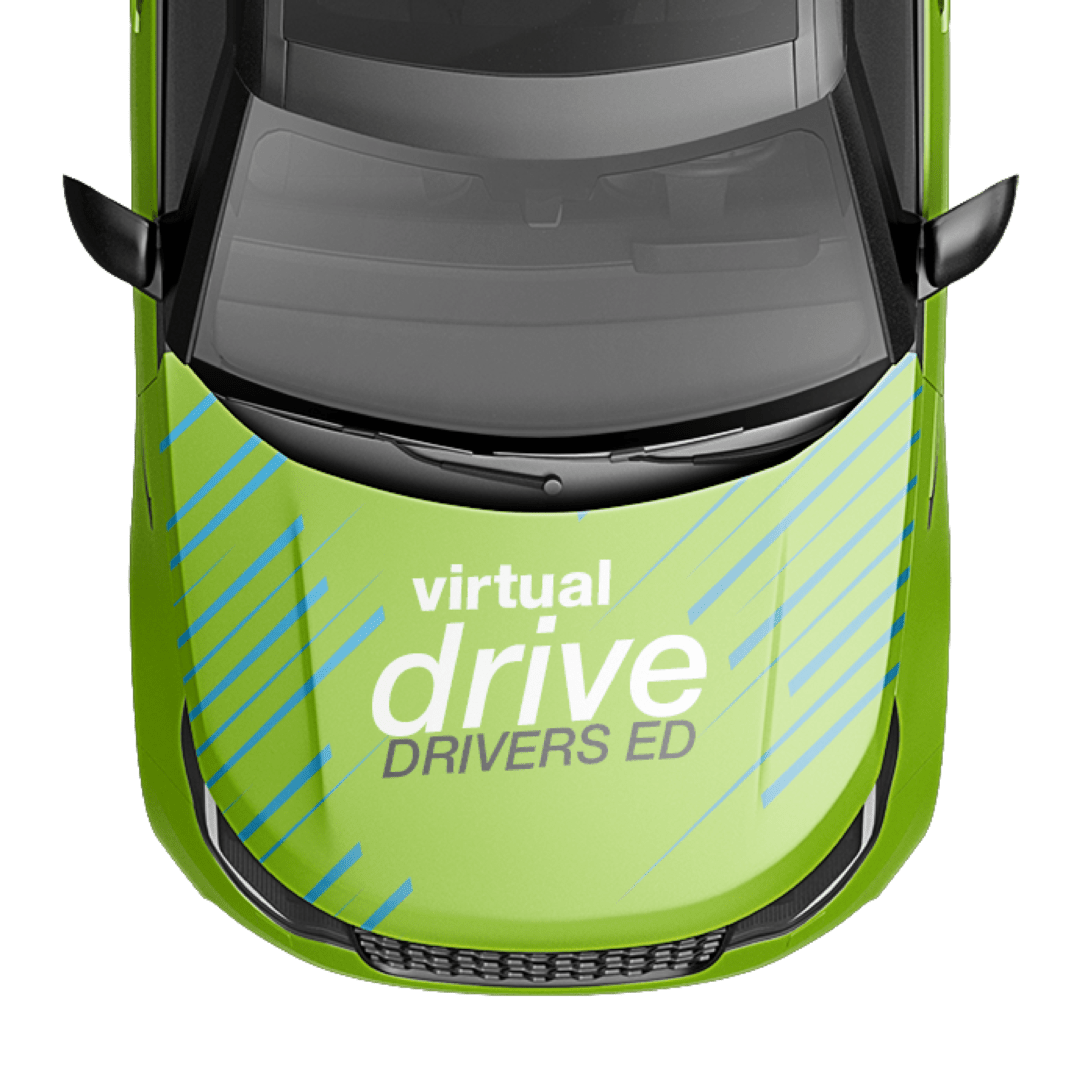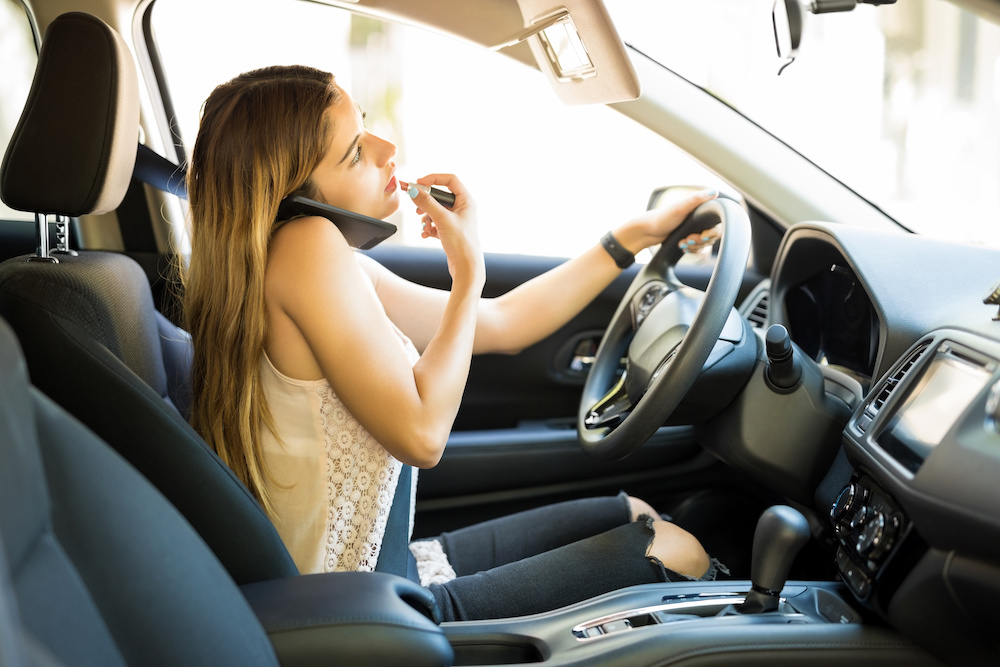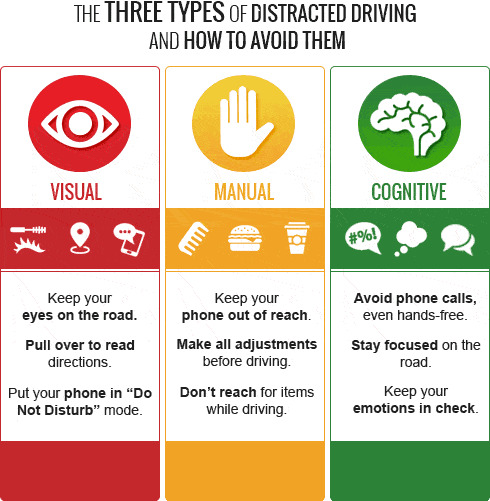

Distracted driving is one of the leading causes of accidents on Texas roads, and it continues to be a growing concern for both law enforcement and drivers. In fact, statistics show that distracted driving is contributing to a rise in the number of police-related accidents, further exacerbating the danger on Texas highways and city streets.
In this blog, we’ll explore the relationship between distracted driving and the higher accident rates involving law enforcement officers, discuss the different types of distractions, and offer practical tips for staying focused on the road. With the increasing use of smartphones and other devices, understanding how to minimize distractions is crucial to ensuring your safety and the safety of others on the road.
Distracted driving refers to any activity that diverts your attention away from driving. While driving requires your full attention, distractions can easily pull you away from the task at hand. There are three main types of distractions:
The combination of these distractions leads to slower reaction times, impaired judgment, and reduced awareness, all of which increase the likelihood of accidents.
One area where distracted driving has had a particularly concerning impact is with law enforcement officers. Police officers are frequently involved in traffic-related accidents, and a significant portion of these accidents is due to distractions. While officers are trained to handle high-pressure situations, they are not immune to the dangers of distracted driving.
The number of accidents involving police officers in Texas has been rising steadily, and distractions are a significant factor. Officers, like other drivers, can be distracted by their radios, phones, GPS systems, or even by handling paperwork while on the road. This increases the risk of accidents while they are responding to emergencies or performing routine patrol duties.
According to recent reports from the Texas Department of Transportation (TxDOT), police-related accidents caused by distractions have been climbing in recent years. This trend is alarming, not only because of the risk to officers but also because of the potential danger it poses to the public.
Key Statistics on Distracted Driving in Texas:

Law enforcement officers are often involved in high-speed pursuits, emergency responses, and traffic stops, all of which require complete focus and awareness. Unfortunately, distractions can interfere with their ability to make quick, accurate decisions. When officers are distracted, they are more likely to:

Distracted driving is a significant issue on Texas roads, with police officers being no exception. The rise in accidents involving law enforcement due to distractions highlights the dangers of multitasking behind the wheel. Whether you’re driving as part of your job or simply commuting, staying focused and minimizing distractions is critical to ensuring your safety and the safety of others on the road. By following the tips outlined in this blog, we can all contribute to making Texas roads safer and reduce the number of accidents caused by distracted driving.
